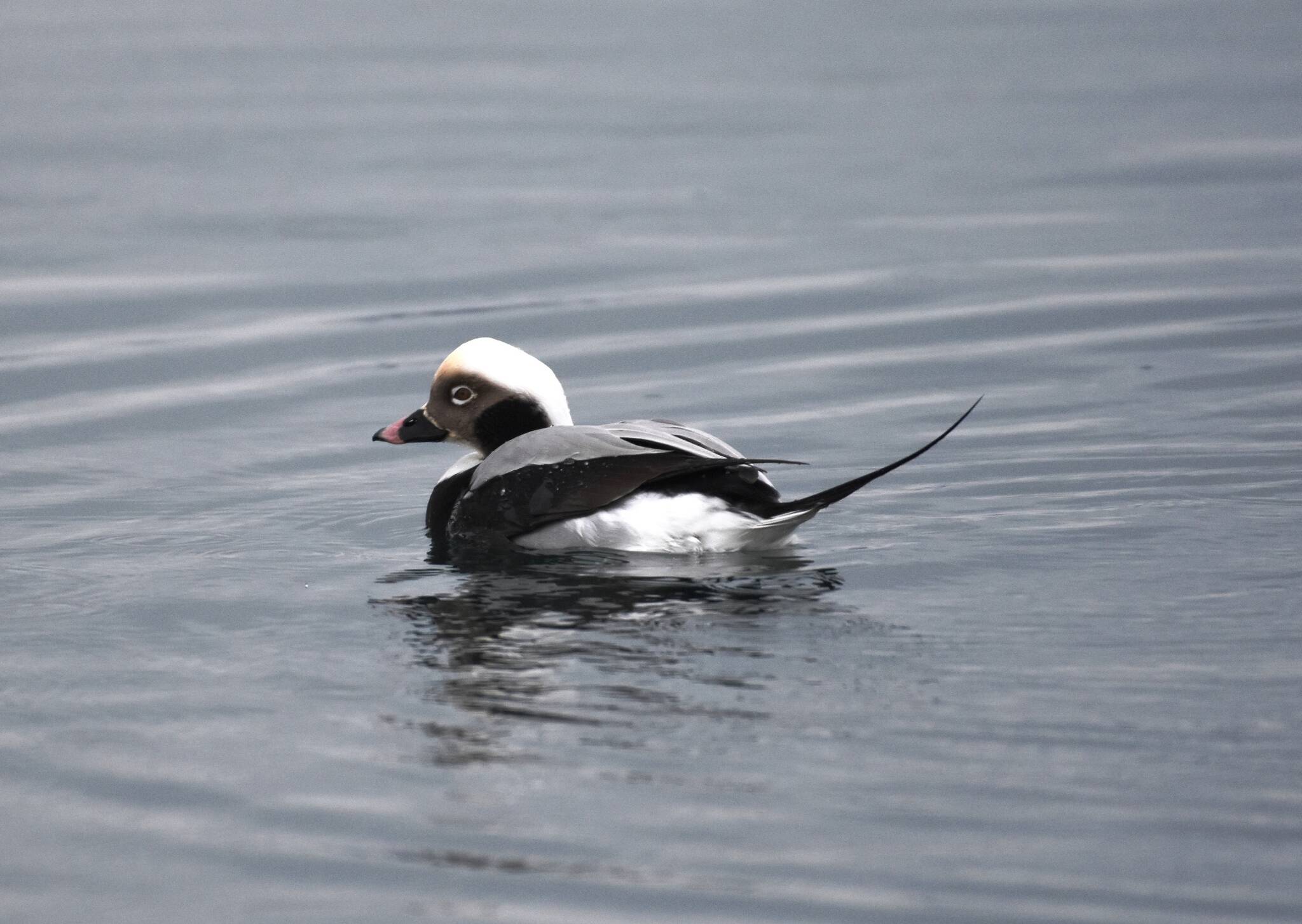The Great Backyard Bird Count is fast approaching, Juneau Audubon Society announced.
During the four-day event, birdwatchers at every level are encouraged to record each bird seen in at least one 15-minute time frame at a specific location. The event will take place Feb. 18-21. The count started in 1998 and is a partnership between the National Audubon Society and the Cornell Lab of Ornithology.
This count offers scientists an opportunity to understand bird populations before most species’ annual spring migration and gives bird lovers a chance to view their local bird population during a vital time of the year. Tallying will be done via the online data entry for bird observations, eBird, the world’s largest citizen-science project to date.
For more information on how to participate, visit https://www.birdcount.org/participate.
Christmas count
The Great Backyard Bird Count follows the better-known Christmas Bird Count, which started in 1900 when ornithologist Frank Chapman along with the help of 27 other bird enthusiasts in the Northeast, according to the Audubon Socienty.
Over a century later, Christmas Bird Counts continue and are held all over the world. In the Americas, tens of thousands of birders participate in the event, sharing their feathered sightings. This long-term and broad geographic scale allows conservationists and scientists to use the data, along with modern statistical methods, to help assess the status of bird populations.
In Juneau, the Christmas Bird Count has occurred for 49 years, and this past one was successful, according to Juneau Audubon Society.
On Dec. 18, over 7,200 individual birds were reported by 39 participants, according to Juneau Audubon Society. A total of 53 species were counted. Last year’s count day yielded 51 species and 8,352 total birds.
Annual variation is to be expected, according to Juneau Audubon Soceity. Other species fluctuate dramatically year to year because of differences in weather, and habitat available, especially dependent on what areas are frozen in a given year. For example, the varied thrush, familiar in summer, is usually rare in winter. None were recorded on the recent count, but two years ago a surprising 120 were registered. Annual declines at one count area do not always mean overall population decline for the species because sometimes the birds simply move to more hospitable areas.
However, when counts are done throughout the continent, and they turn up low everywhere, this may be a cause for concern. Juneau registered an all-time low count of white-winged scoters, a sea duck, which mirror what biologists believe to be population declines on a larger scale.
Only three individuals were seen, and numbers have been low the last decade. Some historic local counts for this species have topped 1,000. The Christmas Bird Count can show conservation successes too.
Recent counts reflect the comeback of the bald eagle; with thousands of birds being counted even outside of Alaska. Juneau boasted 155. Full details for the 2021 Juneau count can be found at http://www.juneau-audubon-society.org.
• Contact the Juneau Empire newsroom at (907)308-4895.

